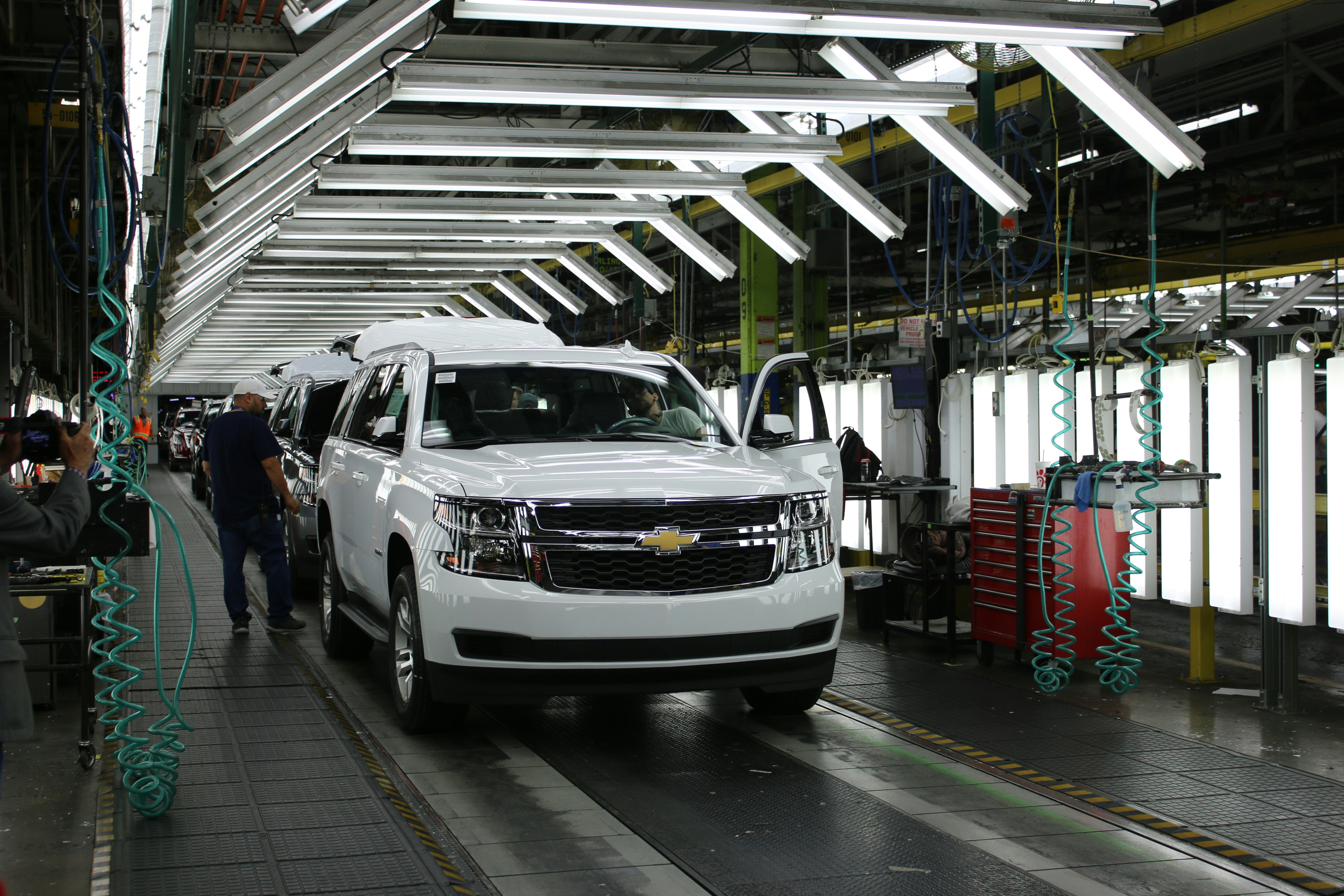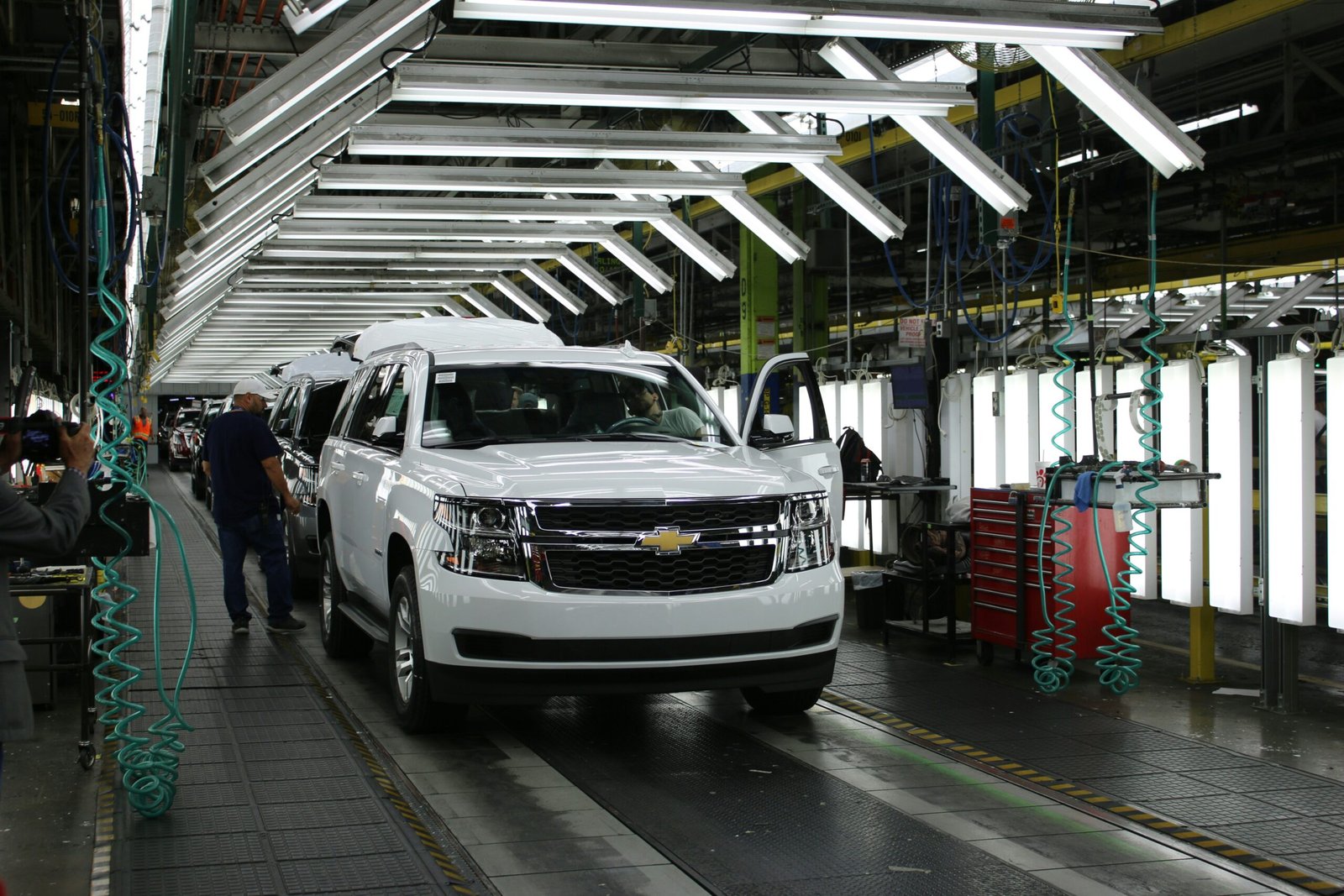Understanding the Automotive Aftermarket
The automotive aftermarket comprises a vast and diverse sector that offers products and services following the initial purchase of a vehicle. This sector plays a critical role in the overall automotive industry, encompassing various components such as replacement parts, accessories, and services that are essential for maintaining, repairing, and enhancing vehicles. It is estimated that the automotive aftermarket accounts for a substantial portion of the total revenue generated in the automotive sector, with consistent growth driven by evolving consumer needs and vehicle complexities.
One of the primary categories within the automotive aftermarket includes replacement parts. These products are designed to replace worn or damaged components of vehicles, ensuring that they remain operational and safe. This segment is further divided into original equipment manufacturer (OEM) parts and aftermarket parts, presenting a choice for consumers based on quality, price, and availability. Besides parts, the automotive aftermarket also offers a wide array of accessories, including performance enhancements and aesthetic upgrades that allow vehicle owners to personalize their cars.
In addition to products, services such as maintenance, repair, and installation are pivotal within this sector. Auto repair shops, tire dealers, and specialty shops serve as the main service providers, contributing significantly to the economic landscape. These businesses rely on a skilled workforce to maintain and fix vehicles, highlighting the importance of workforce development in the aftermarket.
The presence of key players—such as manufacturers, wholesalers, and retailers—creates a multifaceted marketplace where competition fosters innovation. The economic impact of the automotive aftermarket is profound, influencing employment, entrepreneurship, and technology advancements. Given the complexity of demand patterns, accurate sales forecasting becomes essential for businesses within this sector, enabling them to manage inventory, meet consumer needs, and strategize for future growth effectively.
The Need for Accurate Sales Forecasting
Accurate sales forecasting is a critical aspect of the automotive aftermarket, characterized by its own set of unique challenges and complexities. One of the most significant obstacles is the inherent volatility of market demand. Fluctuations in consumer preferences, influenced by trends in automotive technology and environmental considerations, can lead to significant variations in sales. Consequently, businesses must adapt quickly to these changes to stay competitive, highlighting the need for an effective forecasting system.
Another pressing challenge is inventory management. Maintaining the right level of stock ensures that businesses can meet customer demand without incurring excessive holding costs. An inaccurate forecast can lead to overstocking or stockouts, both of which are detrimental to operations. Understanding seasonal trends and potential spikes in demand is essential for efficient inventory management processes. Therefore, an accurate forecasting mechanism is vital for striking a balance between supply and demand.
Consumer behavior is another factor that complicates sales forecasting in the automotive aftermarket. Behavioral changes, driven by external influences such as economic conditions, technological advancements, and socio-political events, can shift purchasing patterns significantly. For instance, economic downturns may lead consumers to prioritize maintenance over upgrades, changing the nature of sales and further complicating predictions. Additionally, unpredictable events such as pandemics have introduced new challenges, emphasizing the need for adaptive forecasting solutions.
The importance of precise forecasting cannot be overstated, as it plays a pivotal role in optimizing operations, reducing costs, and enhancing customer satisfaction. Companies equipped with accurate forecasts can more effectively tailor their inventory, marketing strategies, and sales approaches, leading to improved overall performance. Recognizing the multifaceted nature of this challenge is crucial for businesses striving to thrive in the dynamic automotive aftermarket landscape.
How AI is Transforming Sales Forecasting
Artificial intelligence (AI) has emerged as a crucial component in enhancing sales forecasting accuracy within the automotive aftermarket industry. By leveraging advanced techniques, AI facilitates a more precise understanding of future market trends, reflecting a significant improvement over traditional forecasting methods. Key AI techniques such as predictive analytics, data mining, and algorithmic modeling play pivotal roles in analyzing historical data and identifying emerging trends, ultimately leading to more reliable sales projections.
Predictive analytics utilizes statistical algorithms and machine learning techniques to forecast future outcomes based on historical data. By studying patterns in sales data, predictive models can account for variables such as seasonality, customer preferences, and economic factors. This enables automotive aftermarket businesses to adjust their inventory and marketing strategies proactively, ensuring they meet consumer demands effectively.
Data mining is another technique that has gained traction in the realm of sales forecasting. This process involves extracting meaningful insights from large datasets, enabling companies to discern trends that may not be readily apparent. By revealing hidden correlations and patterns, data mining helps businesses anticipate changes in consumer behavior, allowing them to better align their offerings with market conditions.
Algorithmic modeling further enhances the precision of sales forecasts by utilizing complex mathematical models that can adapt to new data. These algorithms can incorporate real-time information, enabling organizations to refine their forecasts continually. For instance, AI-driven systems can analyze factors such as shifts in consumer preferences or competitive actions, providing a dynamic view of the market landscape.
Several examples illustrate the successful application of AI in the automotive aftermarket. Companies have reported significant enhancements in sales accuracy and inventory management after implementing AI-driven forecasting solutions. These advancements not only lead to increased operational efficiency but also contribute to improved customer satisfaction by ensuring product availability. Through the integration of AI, the automotive aftermarket is poised to experience transformative changes in sales forecasting methodologies, enabling businesses to thrive in a competitive environment.
Future Trends and Considerations
As the automotive aftermarket continues to evolve, the integration of artificial intelligence (AI) into sales forecasting is poised to play a transformative role in shaping the future of the industry. Emerging technologies such as the Internet of Things (IoT) and big data analytics are set to enhance the precision of sales predictions, enabling companies to adapt to consumer demands more swiftly. By leveraging IoT, businesses can collect real-time data from vehicles, providing insights into usage patterns and potential parts needs. This data can be further analyzed using AI algorithms, empowering companies to forecast parts demand with unprecedented accuracy.
Furthermore, the integration of AI with big data will allow for a more holistic view of market trends, customer preferences, and competitive strategies. The ability to process vast amounts of data will help businesses identify patterns, uncover hidden opportunities, and optimize their supply chains. However, this integration also poses significant challenges. Companies must ensure that they have the appropriate infrastructure and expertise to handle vast quantities of data securely and efficiently. Additionally, companies may face obstacles related to data privacy and ethical considerations as they implement AI technologies.
To successfully navigate these future trends, businesses should focus on continuous learning and adaptability. Keeping pace with advancements in AI, industry standards, and emerging technologies will be crucial for maintaining a competitive edge. Organizations should invest in training programs that enhance employees’ knowledge of AI tools and data analytics, fostering a culture of innovation. By preparing for these shifts and emphasizing a proactive approach, automotive aftermarket companies can better position themselves for future successes in a rapidly changing landscape.









